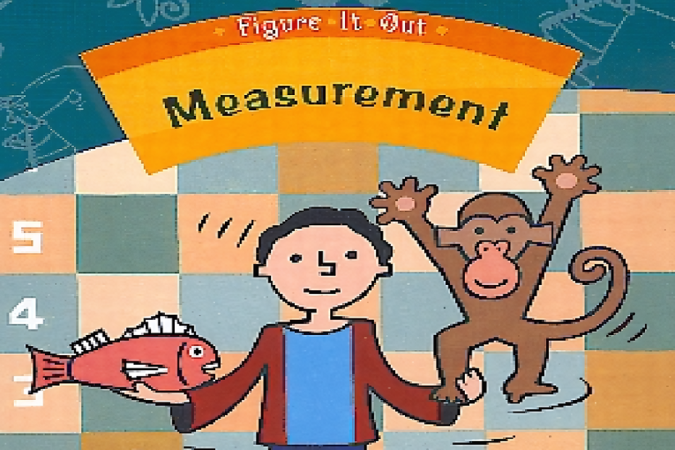Breaking records
This is a level 3 activity from the Figure It Out series. A PDF of the activity is included.

About this resource
Figure It Out is a series of 80 books published between 1999 and 2009 to support teaching and learning in New Zealand classrooms.
This resource provides the teachers’ notes and answers for one activity from the Figure It Out series. A printable PDF of the student activity can be downloaded from the materials that come with this resource.
Breaking records
Required materials
- Figure It Out, Measurement, Level 3, "Breaking records", page 22
- a stopwatch
- multilink cubes
- pattern blocks
See Materials that come with this resource to download:
- Breaking records activity (.pdf)
Activity
In this activity, students will measure the time taken to complete some simple, fun activities using minutes and seconds.
Question 1a asks students to check Celina’s claim. They may do this by choosing to multiply 1.5 seconds by 40, which gives 1 minute, and would conclude from this that Celina is correct. They may even add 1.5 to itself 40 times, using the constant function on their calculator.
Point out to students that if they did not know the rate of 1.5 seconds per join, they would not know what to add or multiply.
Ask the students to explore a method that Celina might use to work out the mean time for joining paper clips. Make sure that students know how many seconds are in a minute and how to work in the common unit of seconds. Students may need to use a calculator to solve this using the traditional method of dividing 60 seconds by 40 to find the rate of 1.5 seconds per join. Discuss the way of saying and writing the unit of rate as seconds per join.
Once students understand or have worked out a method of finding the mean, there is still a little twist to the question because there are actually only 39 joins needed to link together 40 paper clips. If Celina’s average rate were extremely accurate, she would be able to join 41 paper clips in 1 minute.
In question 1b, make sure that students have a good routine for starting, stopping, and recording the results of their experiments.
The estimate for a world record in the activities for question 2 should be based on sound logic following trials in the classroom. You may wish to find the top three performers in the class for each activity and have them share their strategies for their speed.
1.
a. Yes. Explanations will vary (60/40 = 1.5).
b. Answers will vary.
2.
Answers will vary.
The quality of the images on this page may vary depending on the device you are using.


